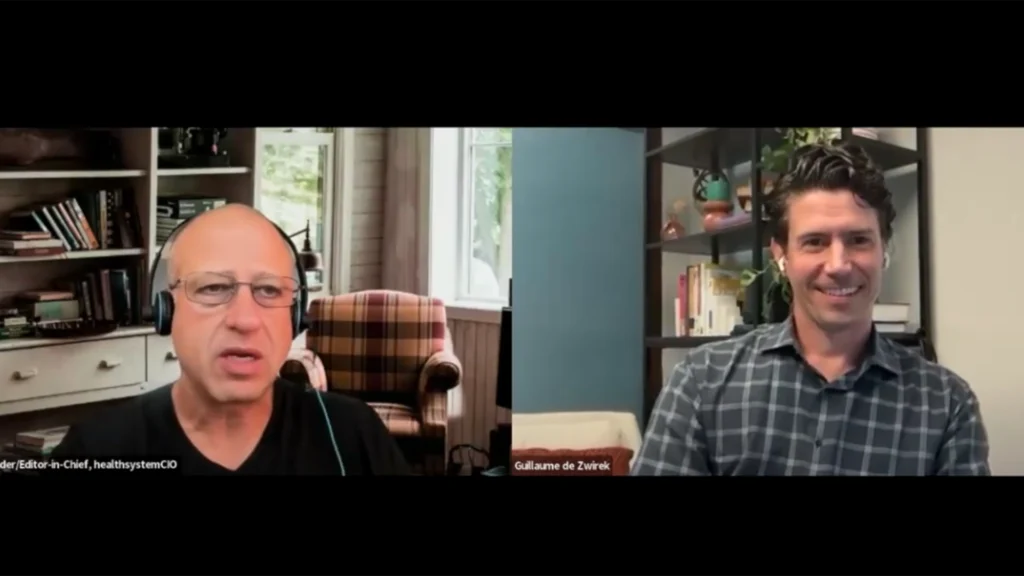Ashley Trambley, Vanderbilt University Medical Center: Vanderbilt traditionally has done decentralized discharge phone calls. And so this was really the first attempt to try to create a central standard for doing that. And so initially it got going with a pilot in our main hospital, Vanderbilt University Hospital. And we started with nurses just cold-calling.
Our team also has social work and pharmacy and case management. So through that, we knew we needed automation. There was no way to scale this to support an entire hospital with humans making phone calls and not leaving messages or not getting messages. And we really wanted to create a 24-by-7, 365 for 30 days after discharge: “We’re your team. If you need anything in our health system, you can come to us and we’ll guide you.”
That’s a pretty big ask in one hospital, let alone seven. So we did start with just the one – and through that, what we’ve learned is we really had to create a structure to be experts in our own health system.
And as we’ve all talked about, you know, we don’t always know what medical records do in their processes, billing or finance. And then clinical teams, services vary and how they take calls for patients with needs. And like you said, inpatient and ambulatory, they are connected whether they like it or not, there is a flow that has to happen there.
So we really, I think that was one of our big takeaways was to scale this to our health system, how do you create that playbook and really dive into ‘if a patient calls you where do you send them? And if they have a need, who addresses that need?’ So we really had to dig in and get to know our own health system and become experts on navigating it and knowing how our teams operate – which in an ever-changing health system can be really challenging.



